Get it here!
SAVE MONEY
ON EVERYTHING!
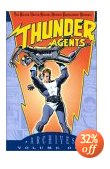
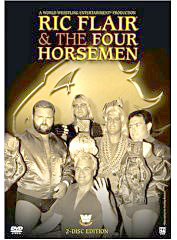
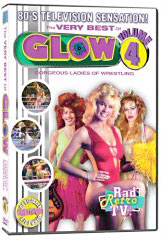
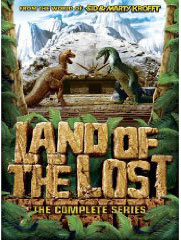
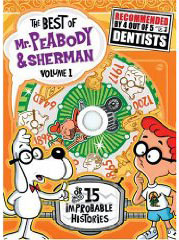
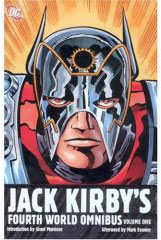
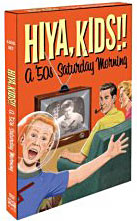
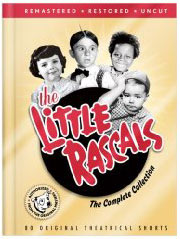
Get it here! SAVE MONEY |
|||||||
 |
 |
 |
 |
 |
 |
 |
 |
| Great
comic books of the Seventies Comic book publishers started to lose their footing in the marketplace in the Seventies. Jack Kirby left Marvel for DC and created incredible works that were strangled by management, and Marvel floundered as it tried to recreate the Kirby magic. Both companies pumped out a huge number of new books and talent was stretched pretty thin before the industry imploded in the late Seventies. Still, many gems can be mined from this decade and here are a few... |
|
![]()
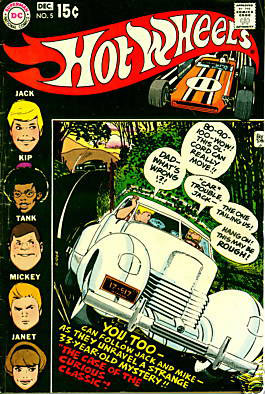
|
Hot Wheels
no.5 Alex Toth creates the comic book story against which all others must be judged. Toth, who set the style of comic books in the late fifties and early sixties, worked only sporadically in the industry during the seventies, concentrating his efforts instead on the field of animation. The cover story here is written and drawn by Alex Toth, one of the most intelligent and skillfully told stories in the history of mainstream comics. This is a text book example on successfully meshing words with pictures. Even though the toys have remained popular for decades, 'Hot Wheels' the comic book only lasted six issues, this is the only issue written and drawn by Toth. A bonafied classic. |
|
Silver Surfer no 18 The 'Silver Surfer' was one of the best known comic book characters of the sixties and seventies despite having a comic book that only lasted 18 issues. After seventeen issues of steadily declining quality and basically the same story over and over, this series was limping to an end by 1970. Jack Kirby, who created the character in his Fantastic Four comics, reinvented the Silver Surfer here as a primal character reborn in one of his last efforts before leaving Marvel for DC. Kirby turns in an passionate story and art job surprisingly well inked by Herb Trimpe. Who knew that Trimpe should have been inking 'The King' all along? This is an amazing, slam-bang, all-out fight issue that only Kirby could deliver. And that's not hyperbole... only Jack Kirby was capable of delivering this kind of entertainment! |
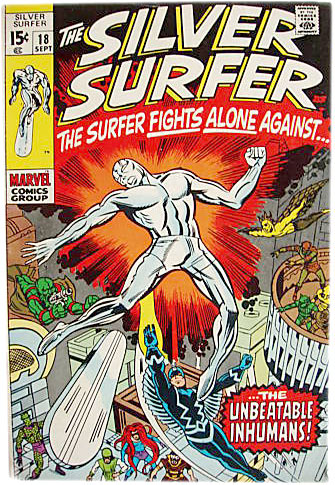
|
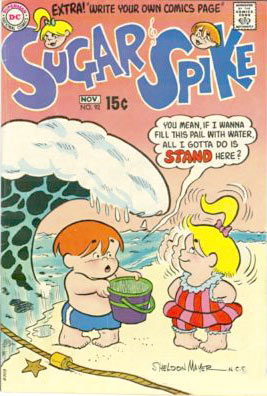
|
Sugar & Spike
no. 92 Sheldon Mayer practically invented comic books as we now know them in the thirties, first as a cartoonist, then as an editor. He was still writing and drawing one of the best books on the stands in 1970. Although I suspect it was never a big seller for DC Comics, Sugar and Spike ("tomorrow's teenagers today") was an engaging and funny comic book rendered in Mayer's slightly old fashioned but expressive style. Sugar and Spike was cancelled only six issues after this example, a real shame since Mayer was really just hitting his stride, modifying his style to conform with the comics of the seventies and experimenting with long adventure stories that worked quite well. Sheldon Mayer continued working in comics until his death in the late eighties, doing many short Sugar and Spike stories for overseas publication, writing for the DC mystery comics and creating The Black Orchid for Adventure Comics in the late seventies. All of the issues in the long-running Sugar and Spike series are clever and stylish stories that are a lot of fun to read, but the later issues (69-98) are among my favorites. Why hasn't anyone thought to reprint this great stuff, with all the kids that are around today? |
| Sandman
no. 6 The last teaming of Jack Kirby and Wally Wood, if I'm not mistaken, in the last issue of this odd comic book written by Michael Fleisher. The books concept: Poor Jed couldn't get a good night's sleep with the monsters coming at him in his bed. And his waking hours were torment with that awful trailer trash family of his. Ok, I might be stretching things to include this book as a great comic, but it is fun. Its also the end of an era, with Kirby beginning the downside of his career and Wood nearing the end of his. It's still a slick job by both artists even if they are obviously just going through the motions. Created by Joe Simon, Jack's former partner in the 1940s & 50s. |
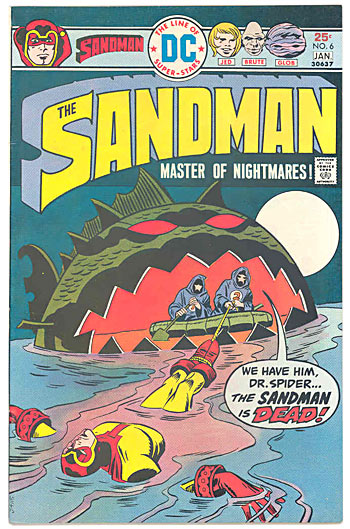 |
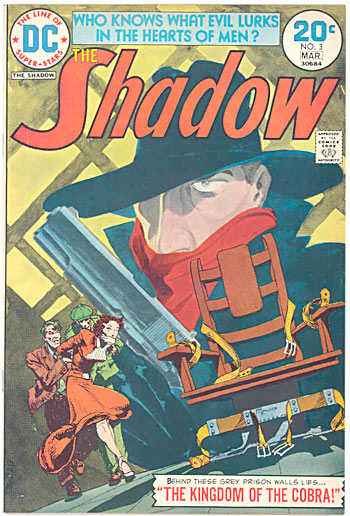
|
The Shadow
no. 3 The Shadow, published by DC Comics in the seventies, contained some of the best and most popular talent the industry had to offer. Comic books in general were quickly heading downhill in quality at this point, as publishers grasped at some way to increase sales and creators gave up, with many leaving the industry. The Shadow lasted only twelve very uneven issues with five issues drawn by the legendary fantasy illustrator Mike Kaluta and four issues drawn magnificently by Frank Robbins in some of his best work in a long career. Issue number 3 (shown here) sports a rare painted cover by Mike Kaluta, with moody art inside by Mike Kaluta and Bernie Wrightson and story by Denny O'Neil . |
|
Shazam no.
1 DC Comics attempted to bring back the fifties, this was cartoonist C.C. Beck's attempted comeback. DC sued Beck's beloved creation Captain Marvel out of business in the fifties, then revived the character in the seventies and asked Beck to come out of retirement and draw 'The Big Red Cheese' once again. Shazam number 1 was the most touted comic book happening of the seventies, with stories about the return of the character appearing in national magazines and newspapers. So many people bought this book, expecting it to be a rare collectable, that DC went back and did a second printing, unheard of in the industry. Of course, with so many copies bought and saved it's worth very little even 35 years later. C.C. Beck turned in beautiful art, fought for better scripts, and was eventually fired after completing nine and a half issues. Beck brought magic to the page with his simple antiquated style, and his direct approach to storytelling, which was perfect for a country in the grip of a nostalgia mania. His bright, optimistic style probably would have been successful if the publisher had just left him alone. |
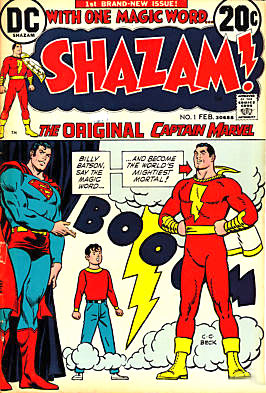
|
![]()
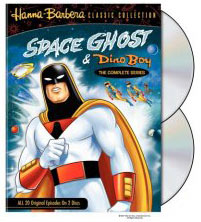 |
 |
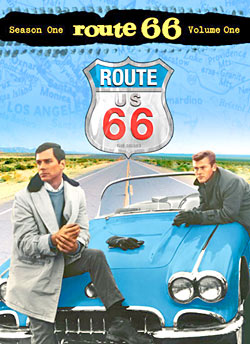 |
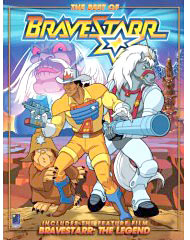 |
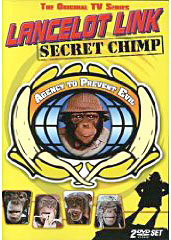 |
|
| DC
Comics on DVD here! |
Superman
on DVD Batman on DVD |
The
Flash on DVD Super Friends DVD |
Superman
Doomsday Smallville on DVD |
||